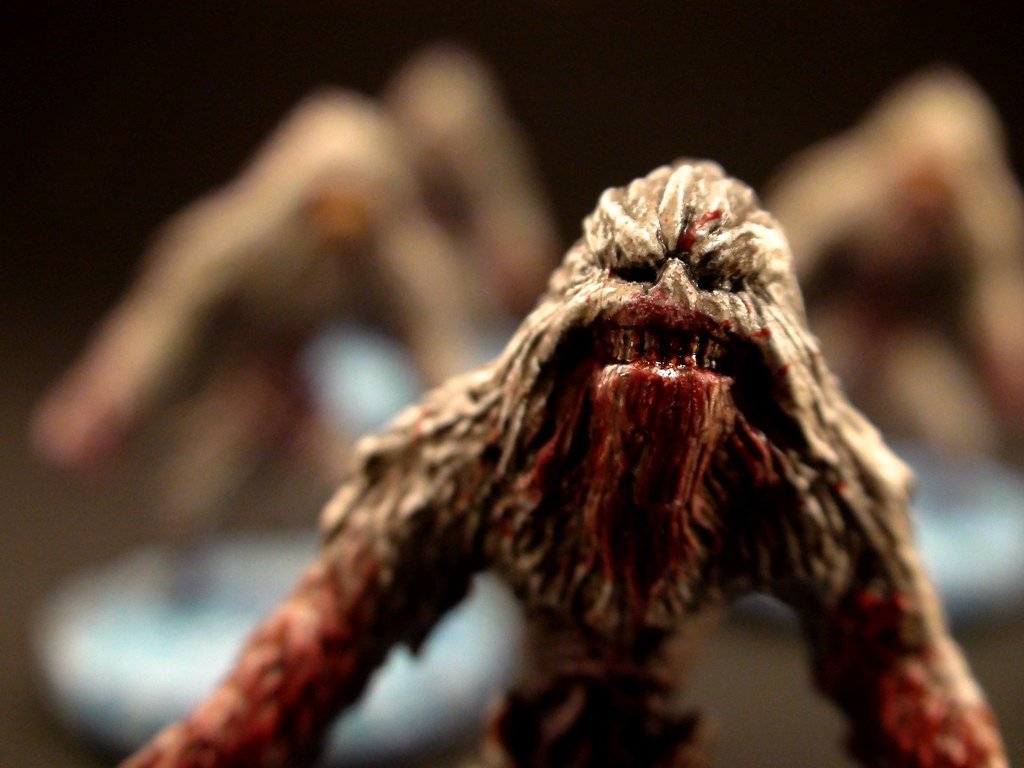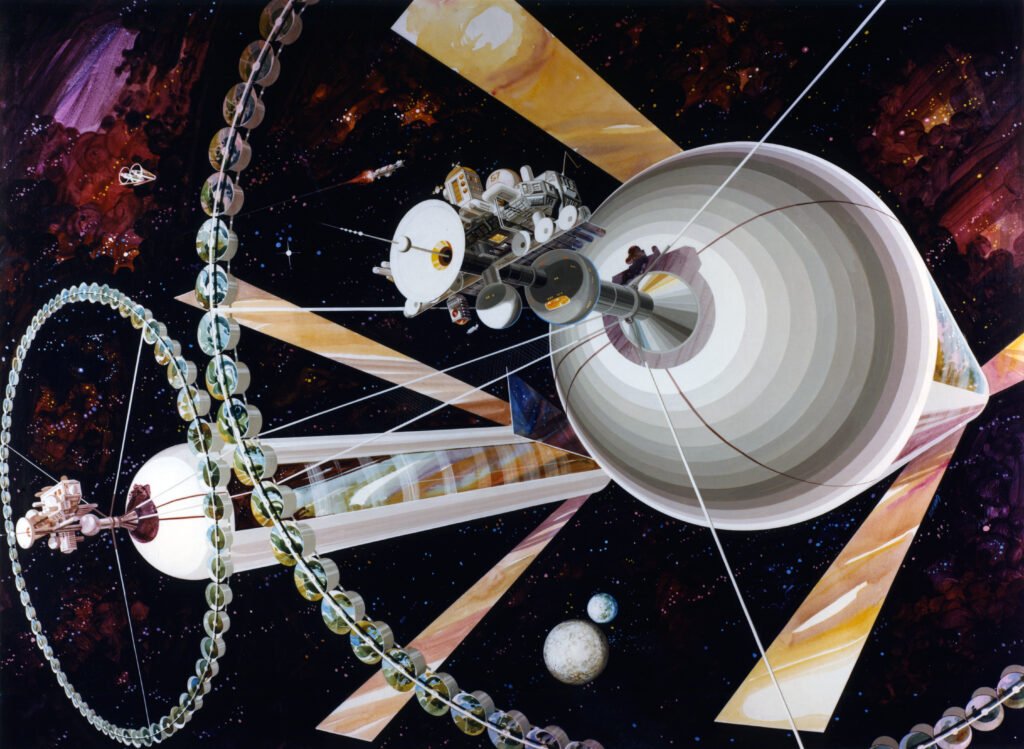Picture a creature so terrifying, it sends chills down your spine just thinking about it. The Wendigo, a legendary being from Native American folklore, is said to haunt the forests of the northern United States and Canada. But could this terrifying legend have roots in real historical fears? The idea of a monstrous entity lurking in the shadows has captivated imaginations for centuries. It’s a tale intertwined with cultural beliefs, survival instincts, and perhaps even a reflection of humanity’s deepest fears.
The Origins of the Wendigo Legend
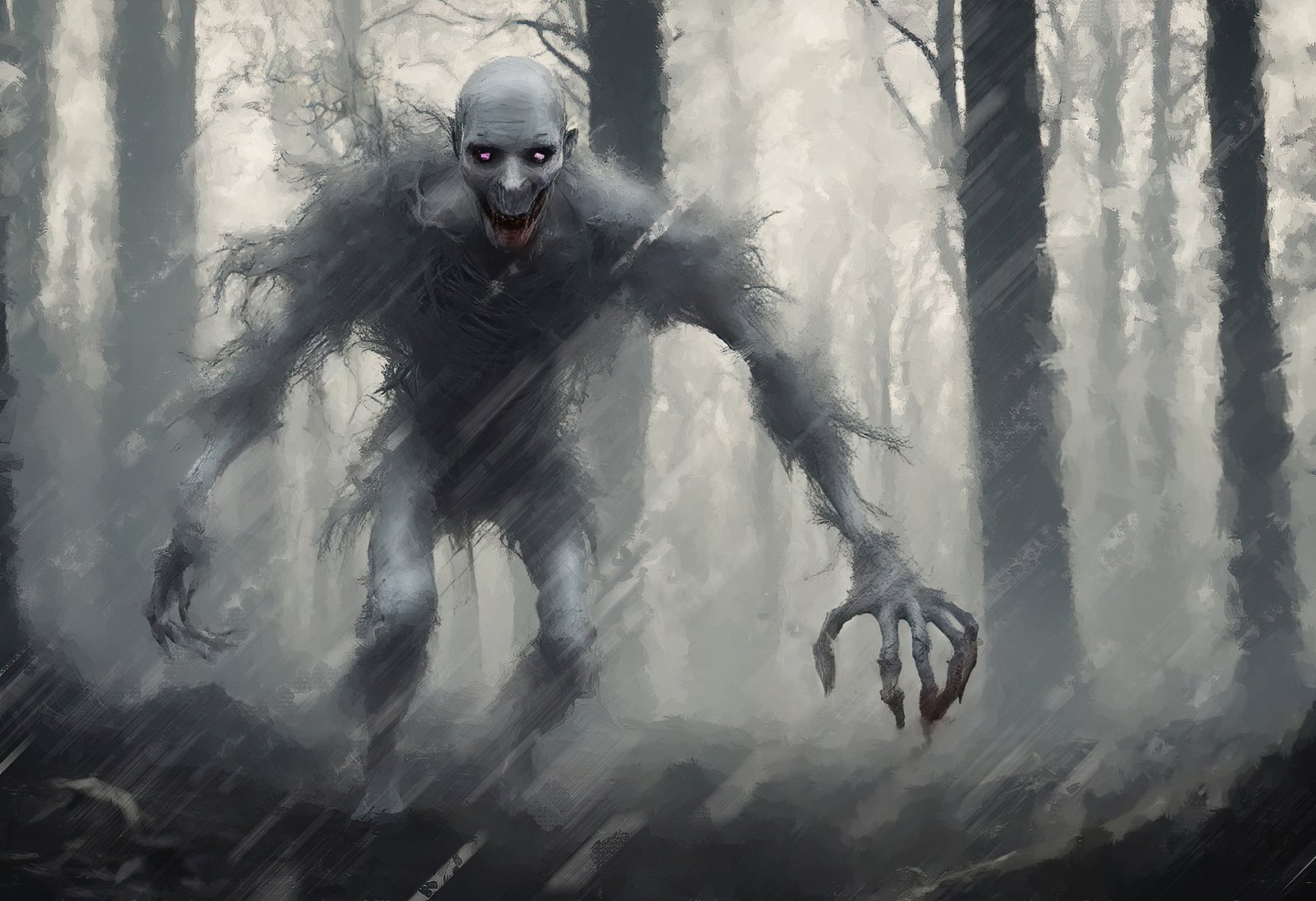
The Wendigo legend originates from the Algonquian-speaking tribes of North America. These tribes, including the Ojibwe, Cree, and Algonquin, shared stories of a malevolent spirit that roamed the forests during harsh winters. The Wendigo was depicted as a giant, emaciated creature with glowing eyes and a heart of ice. It was believed to be a harbinger of death and destruction, preying on those who succumbed to greed or gluttony. Some stories even suggest that those who resorted to cannibalism in desperate times were transformed into Wendigos themselves. This chilling narrative served as a moral lesson, warning against the dangers of selfishness and excess.
Scientific Interpretations of the Wendigo Myth
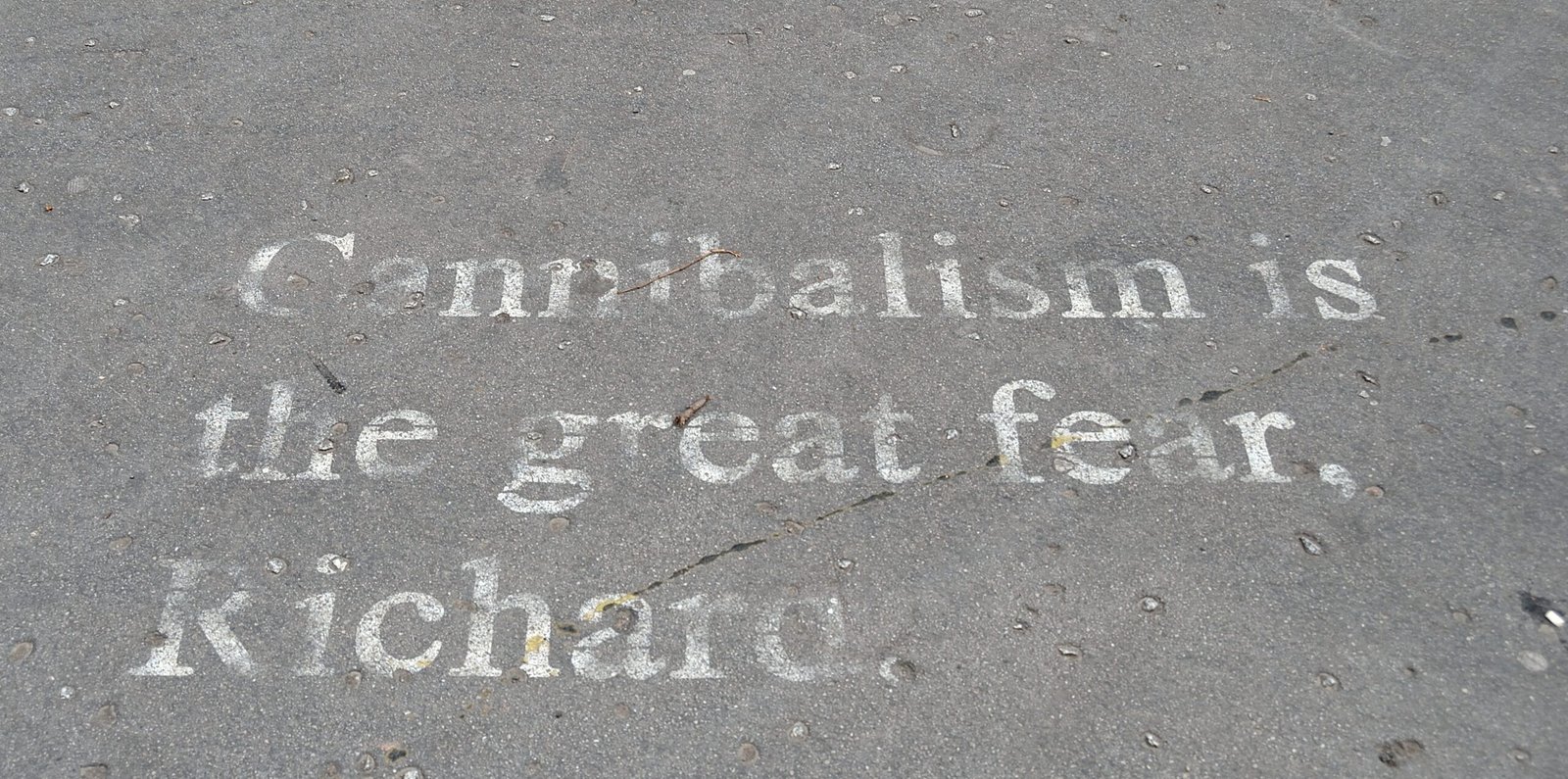
While the Wendigo legend is steeped in folklore, some scientists believe it may have a basis in psychological and environmental factors. The phenomenon of “Wendigo psychosis” has been documented in historical records, describing individuals who developed an insatiable craving for human flesh during extreme famine conditions. This psychological disorder, though rare, highlights the impact of isolation and starvation on the human mind. Additionally, the harsh winters and scarcity of resources in the regions where the Wendigo legend thrived may have contributed to the fear of cannibalism as a means of survival.
The Role of Environmental Factors
The unforgiving winters of the northern forests played a significant role in shaping the Wendigo myth. During these long, cold months, food was scarce, and survival was a constant struggle. The fear of starvation and the desperation it brought could easily fuel tales of monstrous creatures lurking in the woods. The Wendigo became a symbol of the harsh realities of life in these remote areas, embodying the dangers of hunger and isolation. In this sense, the legend served as a cautionary tale, reminding people of the importance of community and resourcefulness in the face of adversity.
Wendigo in Popular Culture
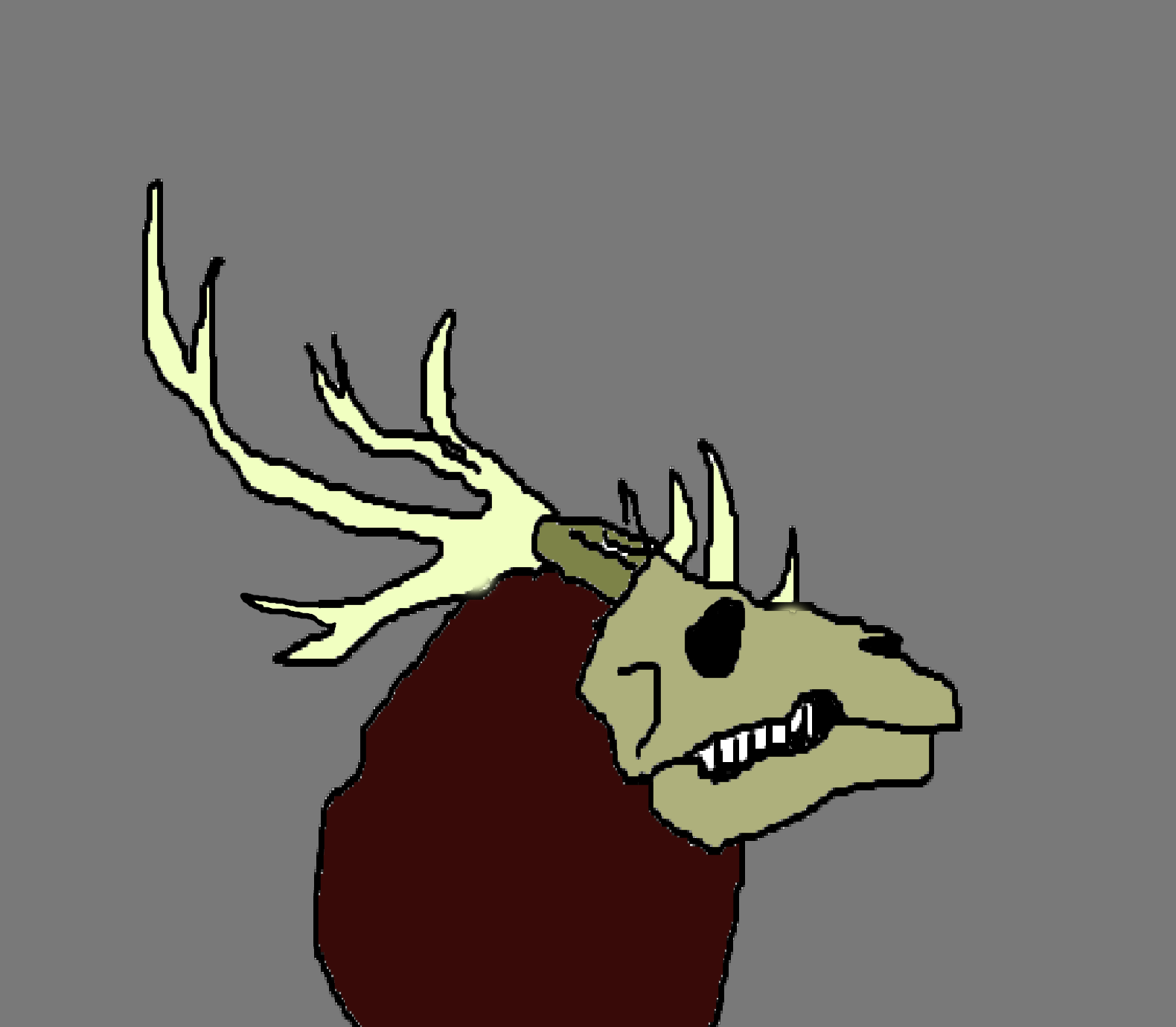
The Wendigo myth has transcended its origins to become a staple in popular culture. From literature to films and video games, the creature has captured the imaginations of creators and audiences alike. Its haunting presence can be found in works such as Algernon Blackwood’s “The Wendigo” and Stephen King’s “Pet Sematary.” The legend’s adaptability to modern storytelling highlights its enduring appeal and the universal themes of fear and survival it embodies. The Wendigo’s portrayal in popular culture often emphasizes its monstrous nature, yet it also serves as a reminder of the complex interplay between folklore and human psychology.
Comparisons with Other Mythical Creatures

The Wendigo shares similarities with other mythical creatures from around the world. In Europe, tales of werewolves and vampires echo the themes of transformation and predation found in the Wendigo legend. These creatures, like the Wendigo, often serve as cautionary tales about the dangers of succumbing to base instincts. The universality of such myths suggests a common human fascination with the unknown and the monstrous. By examining these parallels, we can gain insight into the cultural significance of the Wendigo and its place in the broader tapestry of global folklore.
Cultural Significance and Moral Lessons
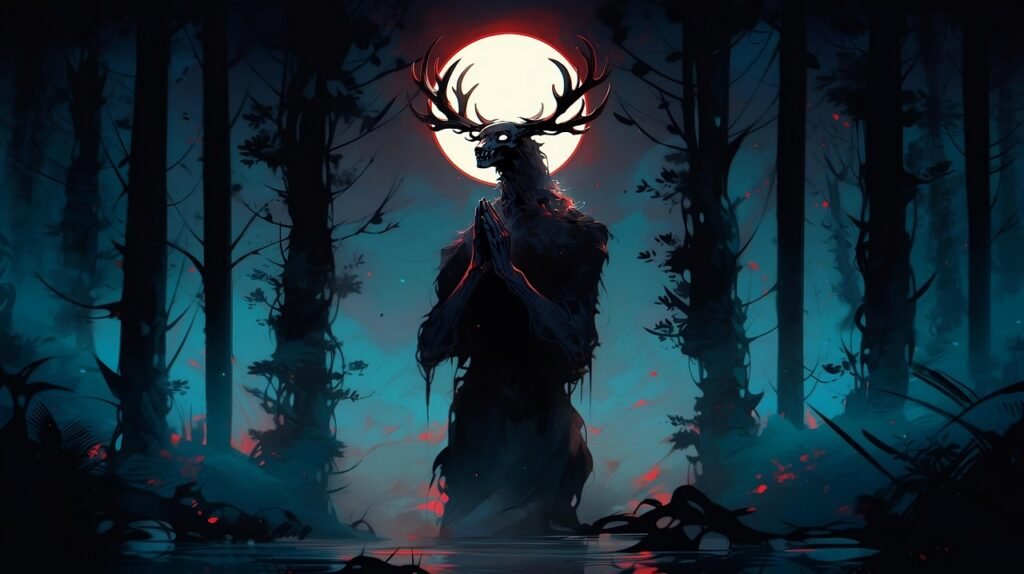
The Wendigo legend is more than just a frightening tale; it carries profound cultural significance and moral lessons. It reflects the values and beliefs of the Indigenous peoples who first told these stories, emphasizing the importance of community, respect for nature, and the dangers of excess. The Wendigo serves as a reminder of the delicate balance between humanity and the natural world, warning against the consequences of greed and selfishness. By understanding the cultural context of the Wendigo myth, we can appreciate its enduring relevance and the wisdom it imparts.
The Psychological Impact of Fear
Fear is a powerful emotion that has shaped human behavior throughout history. The Wendigo legend taps into primal fears of the unknown, isolation, and survival. By personifying these fears in the form of a monstrous creature, the legend provides a way to confront and understand them. The psychological impact of the Wendigo myth can be seen in the way it has been used to explain and cope with real-life challenges, such as famine and mental illness. By exploring the psychological underpinnings of the Wendigo legend, we can gain a deeper understanding of the human psyche and the ways in which fear influences our lives.
The Wendigo and Modern Science
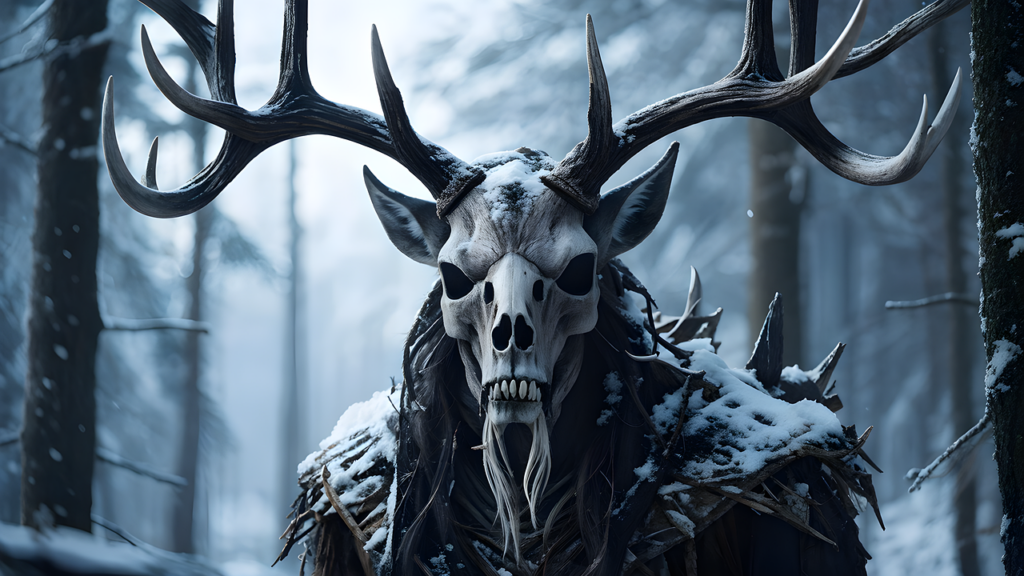
In recent years, the Wendigo legend has piqued the interest of scientists and researchers. Anthropologists and psychologists have studied the myth to better understand the cultural and psychological factors that contribute to its enduring appeal. Some researchers have even explored the possibility of a genetic basis for the fear of cannibalism, suggesting that it may be an evolutionary adaptation to prevent the spread of disease. By examining the Wendigo through the lens of modern science, we can uncover new insights into the complex interplay between culture, psychology, and biology.
The Enduring Legacy of the Wendigo Myth
The Wendigo legend continues to captivate and terrify audiences around the world. Its enduring legacy can be attributed to its powerful themes of fear, survival, and morality. The Wendigo serves as a reminder of the resilience of the human spirit in the face of adversity and the importance of maintaining a balance between nature and humanity. As we confront new challenges in the modern world, the lessons of the Wendigo remain as relevant as ever. The legend’s ability to adapt and evolve ensures that it will continue to haunt our imaginations for generations to come.

